Transporting heavy equipment requires meticulous planning, the right equipment, and adherence to safety protocols. At CarMax Vehicle, we specialize in providing top-of-the-line semi-trailers designed to meet the rigorous demands of heavy equipment transportation. This guide offers a step-by-step approach to loading heavy machinery onto a trailer, ensuring efficiency, safety, and compliance with industry standards.
Table of Contents
- Understanding Your Heavy Equipment
- Selecting the Right Trailer
- Preparing the Trailer for Loading
- Safety Precautions Before Loading
- Step-by-Step Loading Process
- Securing the Equipment on the Trailer
- Post-Loading Inspections
- Compliance with Transportation Regulations
- Maintenance Tips for Your Trailer
- Frequently Asked Questions
Understanding Your Heavy Equipment
Before attempting to load heavy equipment onto a trailer, it is crucial to have a thorough understanding of the machinery you intend to transport. Factors such as the weight, dimensions, center of gravity, and specific handling requirements play a significant role in determining the appropriate loading strategy.

Key Considerations:
- Weight Distribution: Ensuring that the weight is evenly distributed to maintain trailer stability.
- Dimensions: Knowing the height, width, and length to select a trailer with adequate clearance.
- Center of Gravity: Positioning the equipment to prevent tipping during transit.
- Attachment Points: Identifying secure points for tying down the equipment.
Selecting the Right Trailer
Choosing the appropriate trailer is fundamental to the safe transportation of heavy equipment. CarMax Vehicle offers a variety of trailers designed to accommodate different types of machinery.
Types of Trailers:
| Trailer Type | Suitable For | Features |
|---|---|---|
| Flatbed Trailers | Large machinery, construction equipment | Open design, customizable tie-down points |
| Step Deck Trailers | Taller equipment requiring higher clearance | Elevated deck, distributed weight support |
| Lowboy Trailers | Extremely heavy and tall equipment | Ultra-low deck height, high weight capacity |
| Enclosed Trailers | Sensitive equipment needing protection | Fully enclosed, weather-resistant features |
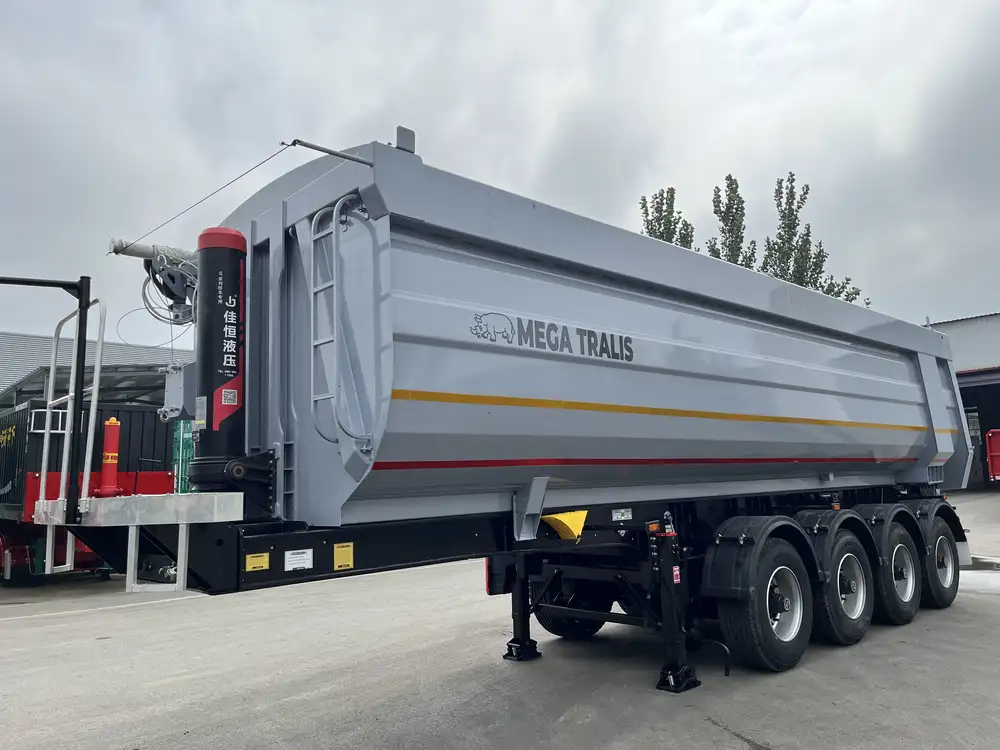
Factors to Consider:
- Load Capacity: Ensure the trailer can handle the total weight of the equipment.
- Deck Size: Adequate surface area to accommodate the equipment’s footprint.
- Axle Configuration: Determines weight distribution and overall stability.
- Tie-Down Points: Available anchor points for securing the load.
Preparing the Trailer for Loading
Proper preparation of the trailer is essential to facilitate a smooth loading process and ensure the safety of both the equipment and the operators.
Steps to Prepare:
- Inspect the Trailer: Check for any damage, wear, or malfunctioning components.
- Clean the Deck: Remove debris and obstructions to provide a clear loading area.
- Set the Chocks: Use wheel chocks to prevent the trailer from moving during loading.
- Adjust the Landing Gear: Ensure the trailer is level to maintain stability.
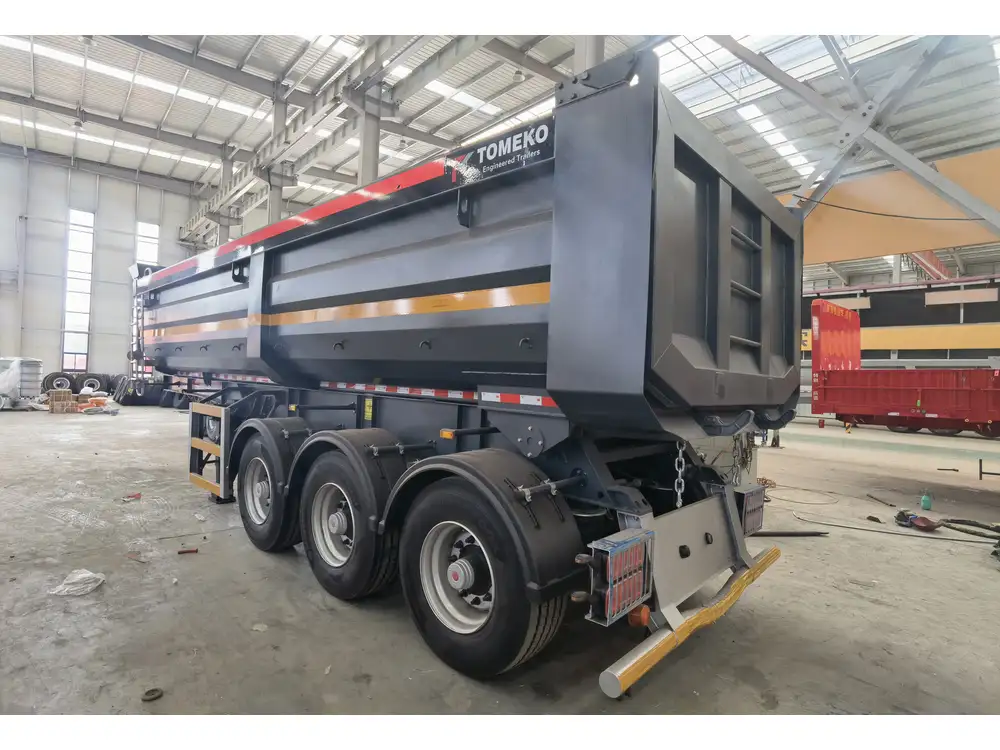
Safety Precautions Before Loading
Safety should always be the top priority when loading heavy equipment. Implementing the following precautions can prevent accidents and equipment damage.
Essential Safety Measures:
- Personal Protective Equipment (PPE): Ensure all personnel wear helmets, gloves, steel-toed boots, and high-visibility vests.
- Clear Communication: Establish clear signals and communication methods among the loading team.
- Hazard Assessment: Identify and mitigate potential hazards in the loading area.
- Emergency Plan: Have a plan in place for unforeseen incidents during the loading process.
Step-by-Step Loading Process

5.1 Assessing Weight and Balance
Before initiating the load, calculate the total weight of the equipment and determine the optimal placement on the trailer to maintain balance.
- Tongue Weight: The downward force exerted on the trailer’s hitch by the load.
- Axle Load Distribution: Evenly distribute weight across all axles to prevent overloading.
5.2 Securing Loading Equipment
Utilize appropriate loading equipment to handle heavy machinery safely.
- Forklifts: Suitable for lifting and positioning equipment with accessible forks.
- Loaders: Ideal for bulky or unwieldy equipment that cannot be easily tilted.
- Cranes: Necessary for extremely heavy loads that exceed the capacity of forklifts and loaders.
5.3 Positioning the Equipment for Loading
Proper positioning ensures that the equipment can be loaded smoothly and reduces the risk of tipping or shifting during transit.
- Alignment: Center the equipment with the trailer to maintain balance.
- Angle of Approach: Approach the trailer at the correct angle to facilitate easy loading.
- Stabilization: Use stabilizers to keep the equipment steady during the loading process.

5.4 Executing the Load
Carefully maneuver the equipment onto the trailer using the loading equipment.
- Controlled Movements: Avoid sudden movements to maintain stability.
- Monitoring: Continuously monitor the load to ensure it remains secure and balanced.
- Adjustment: Make necessary adjustments to the position if the equipment begins to tilt or shift.
Securing the Equipment on the Trailer
Once the equipment is positioned on the trailer, securing it properly is crucial to prevent movement during transit.
Securing Techniques:
- Chains and Straps: Use heavy-duty chains or ratchet straps to tie down the equipment at multiple points.
- Binders: Apply chain binders to tighten chains and eliminate slack.
- Corners and Anchor Points: Utilize trailer anchor points to secure straps at the base and top of the equipment.
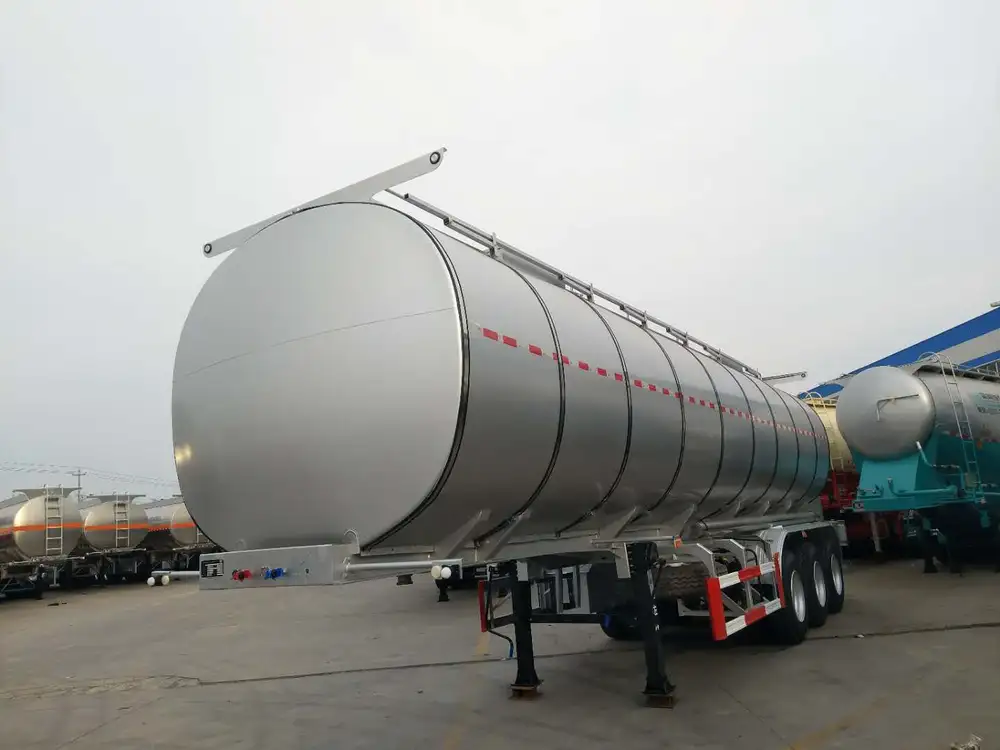
Securing Checklist:
- Multiple Tie-Downs: Ensure at least two tie-downs per side of the equipment.
- Equal Tension: Distribute tension evenly across all straps and chains.
- Final Inspection: Double-check all connections and ensure there is no movement.
Post-Loading Inspections
After securing the load, conduct thorough inspections to confirm that everything is in order before departure.
Inspection Steps:
- Visual Inspection: Check for any signs of shifting or instability in the load.
- Tie-Down Verification: Ensure all straps and chains are tight and properly secured.
- Brake and Lights: Verify that the trailer’s brakes and lights are functioning correctly.
- Documentation: Complete any required loading and inspection documentation.
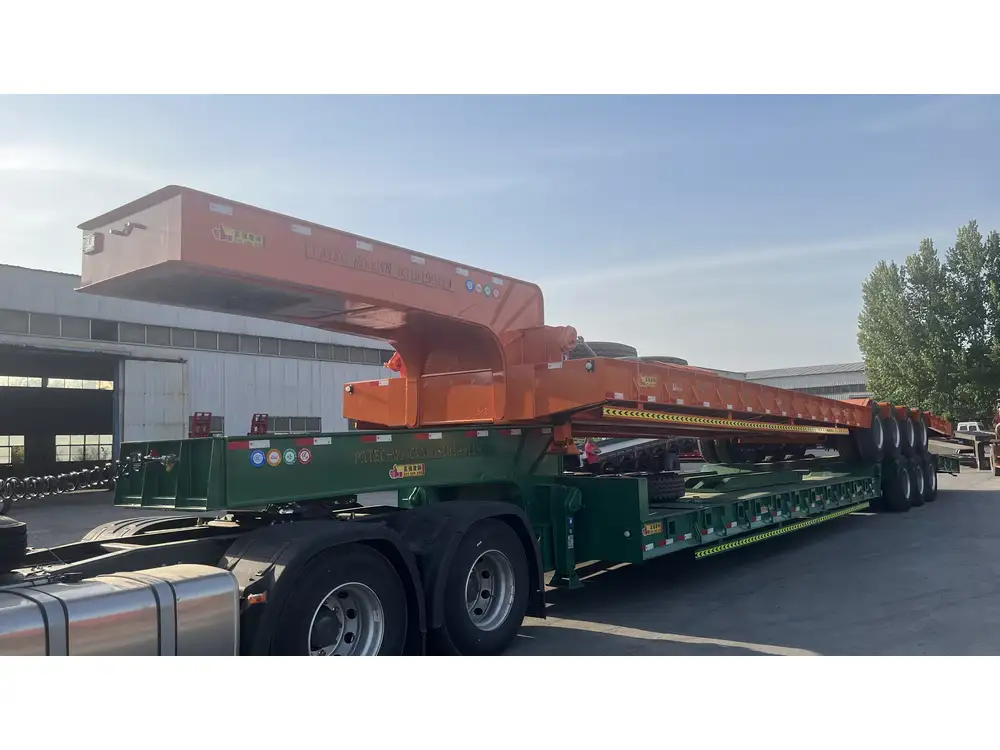
Compliance with Transportation Regulations
Adhering to transportation regulations is essential to avoid legal issues and ensure the safe movement of heavy equipment across jurisdictions.
Key Regulations:
- Weight Limits: Comply with state and federal weight restrictions for trailers.
- Size Restrictions: Adhere to maximum height, width, and length standards.
- Permits: Obtain necessary permits for oversize or overweight loads.
- Securement Standards: Follow the Department of Transportation (DOT) guidelines for load securement.
CarMax Vehicle Compliance Support:
At CarMax Vehicle, we provide resources and guidance to help you navigate the complexities of transportation regulations, ensuring your load is compliant and secure.
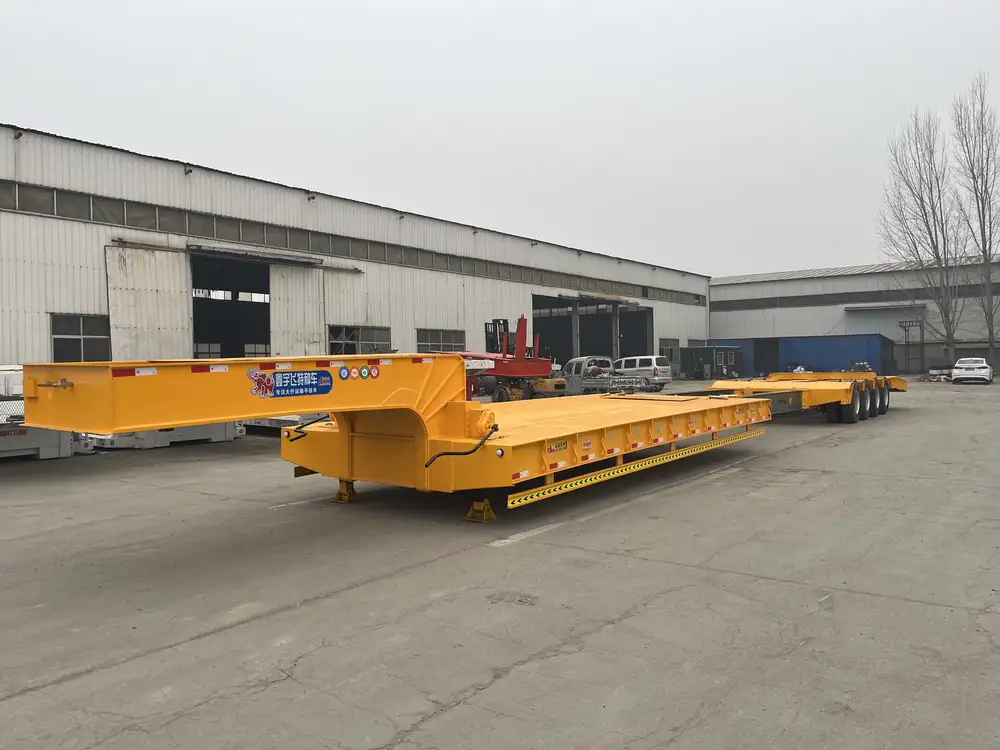
Maintenance Tips for Your Trailer
Regular maintenance of your trailer ensures longevity, safety, and optimal performance during heavy equipment transportation.
Maintenance Checklist:
- Regular Inspections: Conduct routine checks for rust, wear, and structural integrity.
- Lubrication: Keep moving parts well-lubricated to prevent mechanical failures.
- Brake Maintenance: Inspect and service brakes regularly to ensure they function correctly.
- Tire Care: Monitor tire pressure and tread depth to maintain traction and stability.
- Electrical Systems: Test lights and signals to guarantee visibility and safety on the road.
Frequently Asked Questions

1. What is the maximum weight CarMax Trailer can handle?
CarMax Trailers are engineered to accommodate a wide range of heavy equipment, with maximum weight capacities varying by model. Please refer to our product specifications or contact our sales team for detailed information.
2. How do I determine the right trailer size for my equipment?
Measure the dimensions and weight of your equipment, then consult our trailer selection guide or speak with a CarMax Vehicle representative to choose the trailer that best suits your needs.
3. What are the essential tie-down points on a CarMax Trailer?
CarMax Trailers are equipped with multiple anchor points strategically placed along the deck to provide secure attachment points for chains, straps, and other tie-downs.

4. Can CarMax Trailers accommodate oversized loads?
Yes, CarMax Vehicle offers specialized trailers designed for oversized and overweight loads. We also assist with obtaining the necessary permits and ensuring compliance with transportation regulations.
5. What maintenance services does CarMax Vehicle provide?
We offer comprehensive maintenance services, including regular inspections, repairs, and parts replacement to ensure your trailer remains in optimal condition for heavy equipment transportation.
By following this guide and utilizing CarMax Vehicle’s high-quality trailers, you can efficiently and safely transport your heavy equipment with confidence.



